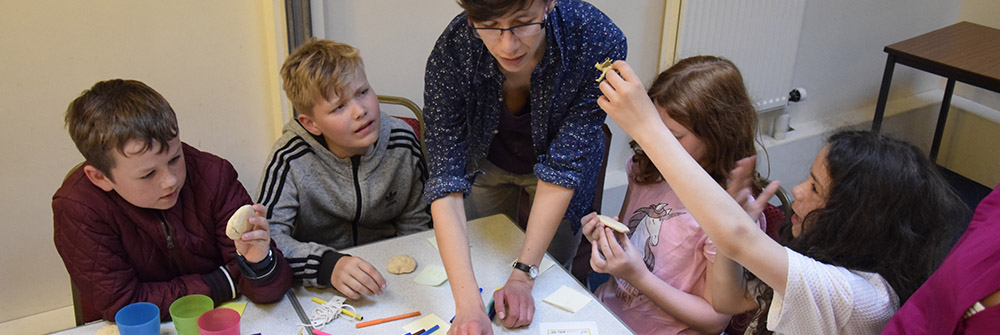As children develop toward adolescence, neurological changes occur in the brain that heighten their inherent curiosity and ability to think critically. In order to utilise these new abilities effectively, young adults must be internally motivated. They must learn because it feels good, not just because they want to get an A or get accepted to a good university.
Curiosity, creativity and innovation are at the core of Science, Technology, Engineering and Mathematics (STEM) education. STEM enable us to make sense of the world around us, to understand public policy issues (e.g. climate change) and subsequently make informed decisions. However, most day-to-day classroom environments discourage or neglect curiosity and instead focus on rote learning practices. Teachers have to show that students are achieving learning goals “that are obvious, measurable and explicit” and so, students are evaluated on mandated tests, teachers are evaluated on their students’ exam results. However, a new school of thought (pardon the pun) is beginning to emerge. Scientists now believe that the most important factor in a child’s success is NOT their IQ but rather qualities like persistence, curiosity, conscientiousness, optimism, and self-control. In fact, some policy-makers in the United States believe that only by reinventing STEM education to attract, support, and sustain the participation of students from all walks of life can the needs of science and technology innovation, economic prosperity, and social well-being be recognised.

